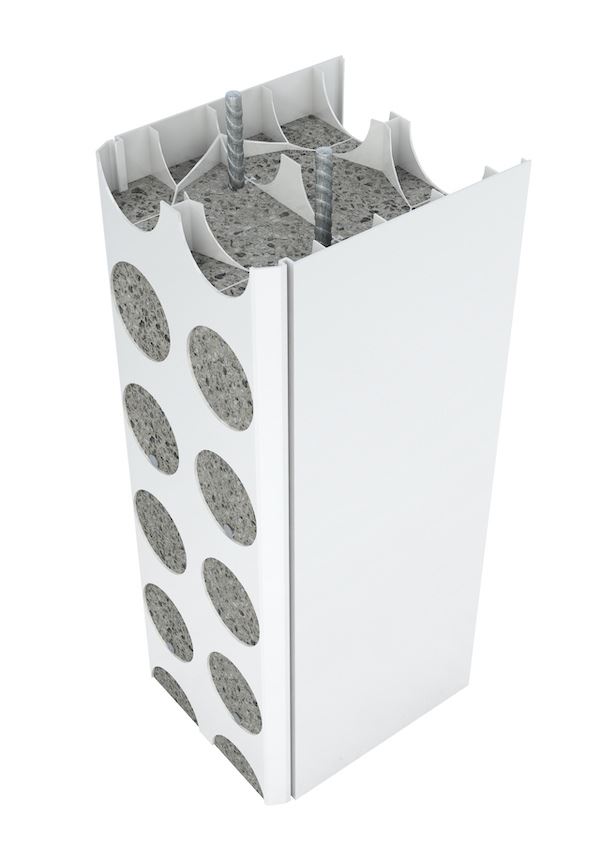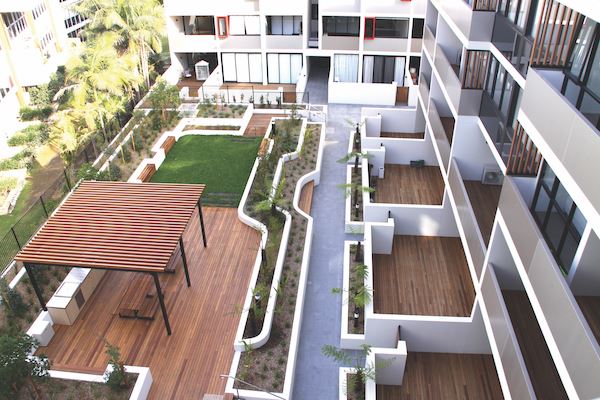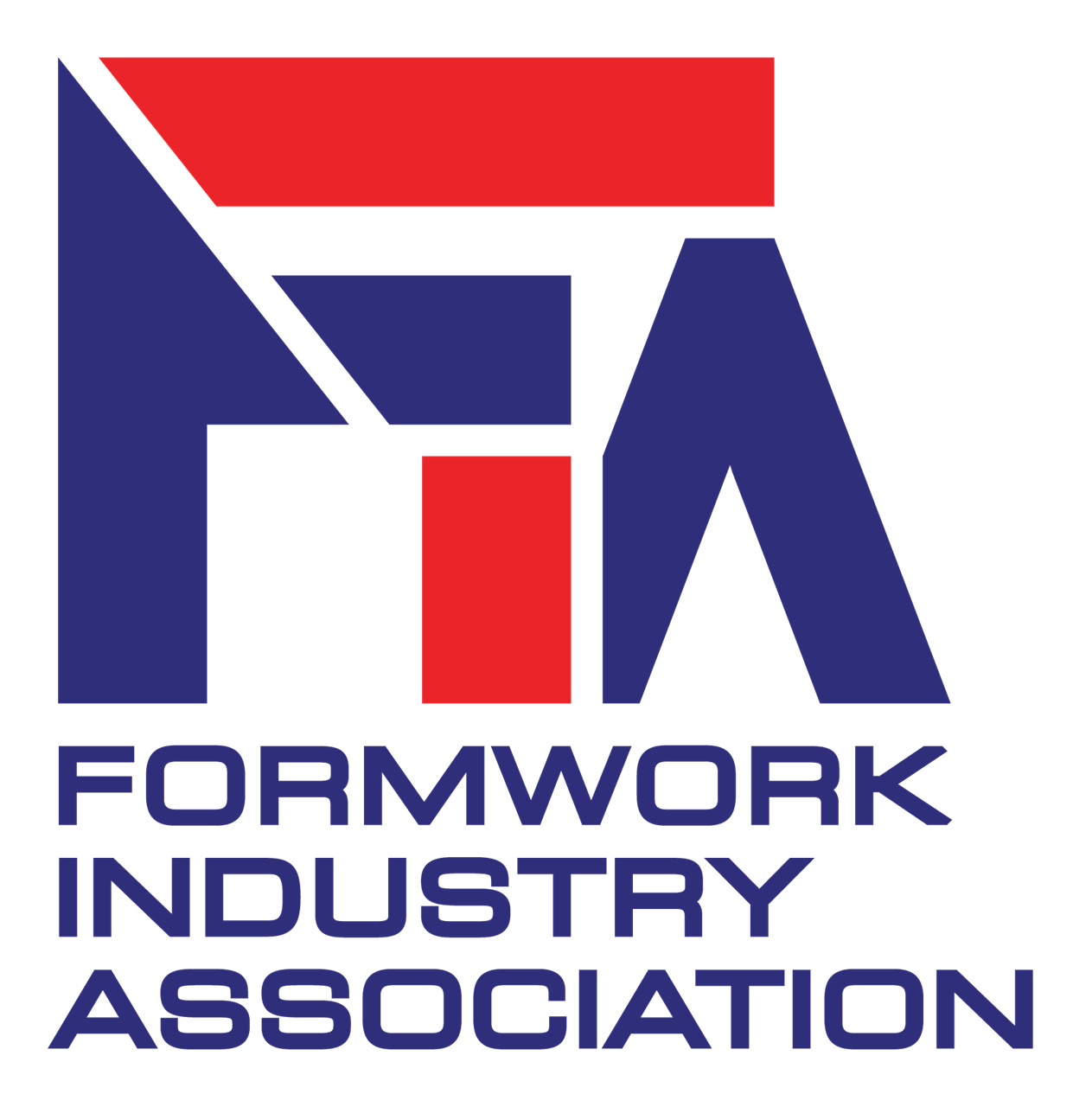In 2017 Grenfell Tower, a residential block in West London, caught fire with catastrophic consequences. Gaining worldwide attention, the tragedy rightly put a global focus on building product fire compliance.
According to a subsequent inquiry, the presence of cladding that didn’t meet local building regulations was a major cause of the fire engulfing the building. What started on the fourth floor when a malfunctioning fridge caught fire, quickly spread to higher floors with the assistance of the combustible material.
From a global perspective, the Grenfell Tower tragedy wasn’t the first incident of its type. Similar fires had occurred elsewhere, including here in Australia.
For example, the Lacrosse Tower in Melbourne’s Docklands was found by the Metropolitan Fire Brigade to have non-compliant combustible cladding following the fire in 2014. And more recently, in February this year, the 43-storey Neo200 in Spencer Street, Melbourne.
These incidents, and anecdotal concerns about the presence of non-compliant building materials of all types, forced the Australian governments to act.
A recent audit by the Victorian Government, identified 500 buildings in need of rectifications to replace non-compliant cladding; and prompted it to announce a $600 million plan to address the problem. Despite this sum, some say more needs to be spent and claim the identified buildings don’t represent the full scale of the problem. More, they say, will need to be done.
Apart from identifying and removing non-compliant product, from this point on, it is important that the problem does not become worse. Every effort must be made to prevent the installation of more non-compliant product on new or renovated buildings.
New Regulations
For its part, the Australian Building Codes Board has acted to update and strengthen the National Construction Code in 2016 and 2019.
According to the new changes, many internal walls and building façade walls comprising of composite systems with linings must meet fire test requirements to ISO 9705 and/or AS 5113/BS 8414, which are full-scale tests, to demonstrate fire compliance. Despite these new requirements being in force for quite some time, some wall systems be it for internal applications or external façade applications are still not being tested to these new requirements as per NCC regulations.
Fire compliance for Composite Wall Systems
NCC regulations and standards offer a clear path of compliance for composite wall systems. Dincel Structural Walling, a permanent formwork system developed here in Australia, is one product that meets these requirements, having been independently tested by Warrington Fire to ISO 9705 and AS 5113/BS8414 as required by the NCC. Dincel Structural Walling has achieved compliance to both ISO 9705 as a Deemed to Satisfy solution and AS5113/BS8414 as a performance solution.
The new test standards prescribed by the NCC in 2016, put the responsibility on designers, specifiers, engineers, builders and certifiers to ensure that a compliant product is used. Likewise, this responsibility also extends to building product manufacturers/suppliers to ensure they carry the full suite of the latest tests as required by Australia’s building code regulations. Only then, will the building industry avoid the issue of non-compliant product getting worse.

Dincel’s product portfolio includes solutions to suit fire, structural, acoustic and waterproofing wall requirements.

From deep basement up to 60 stories, Dincel Structural Walling has achieved compliance to the full suite of NCC fire regulations.

This 133 apartment building in Camperdown NSW had its construction time reduced from 52 weeks to 26 weeks with Dincel Structural Walling.
